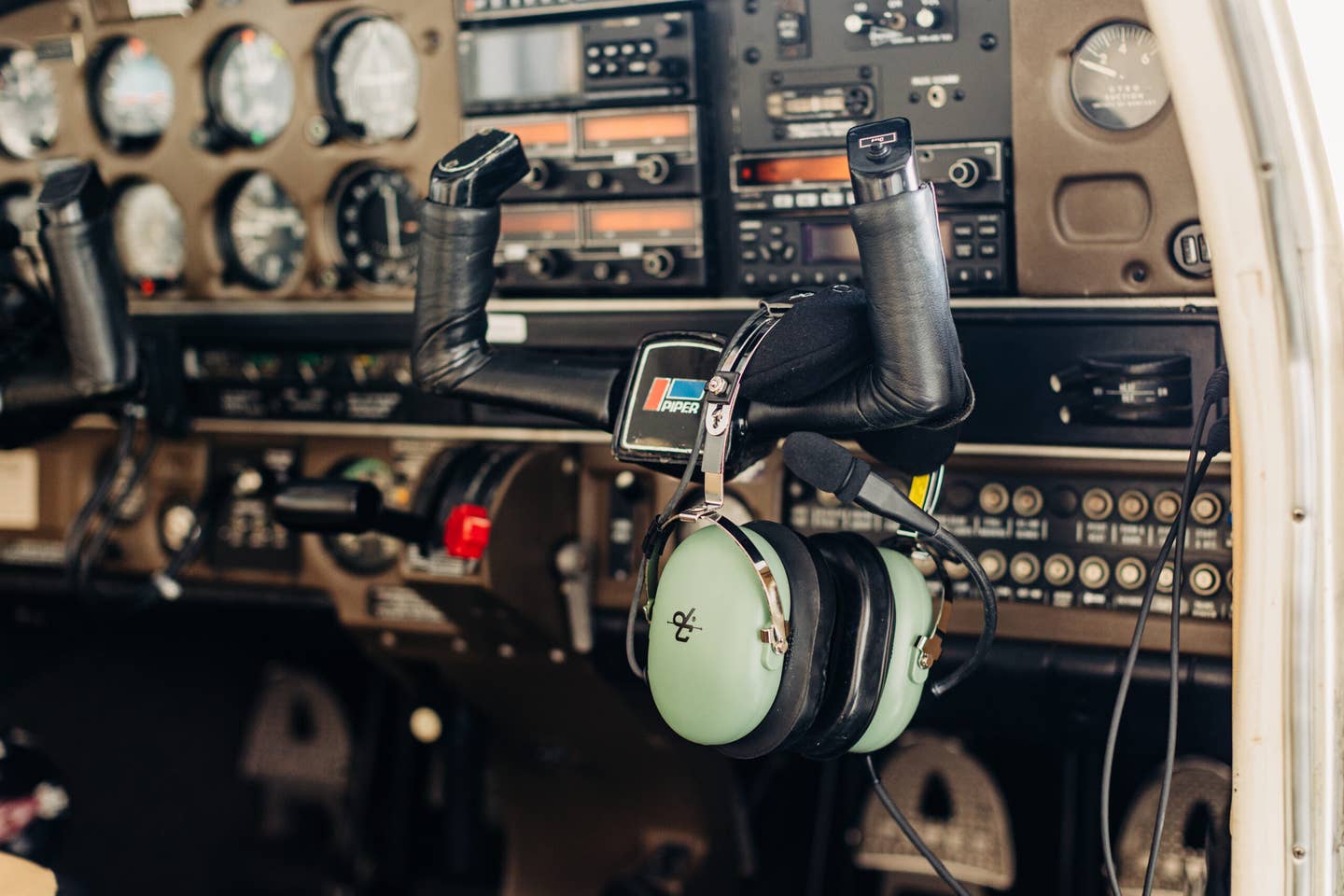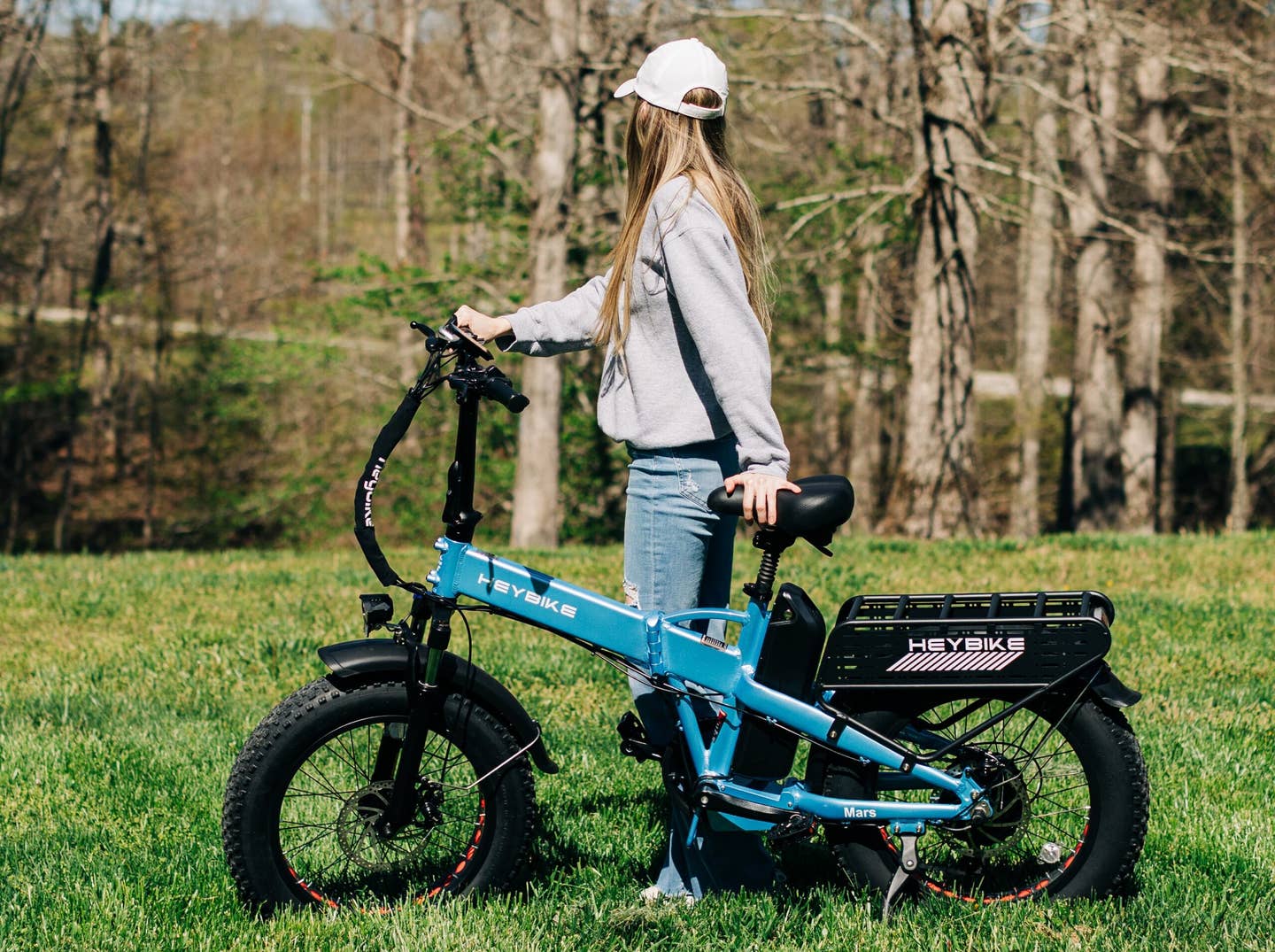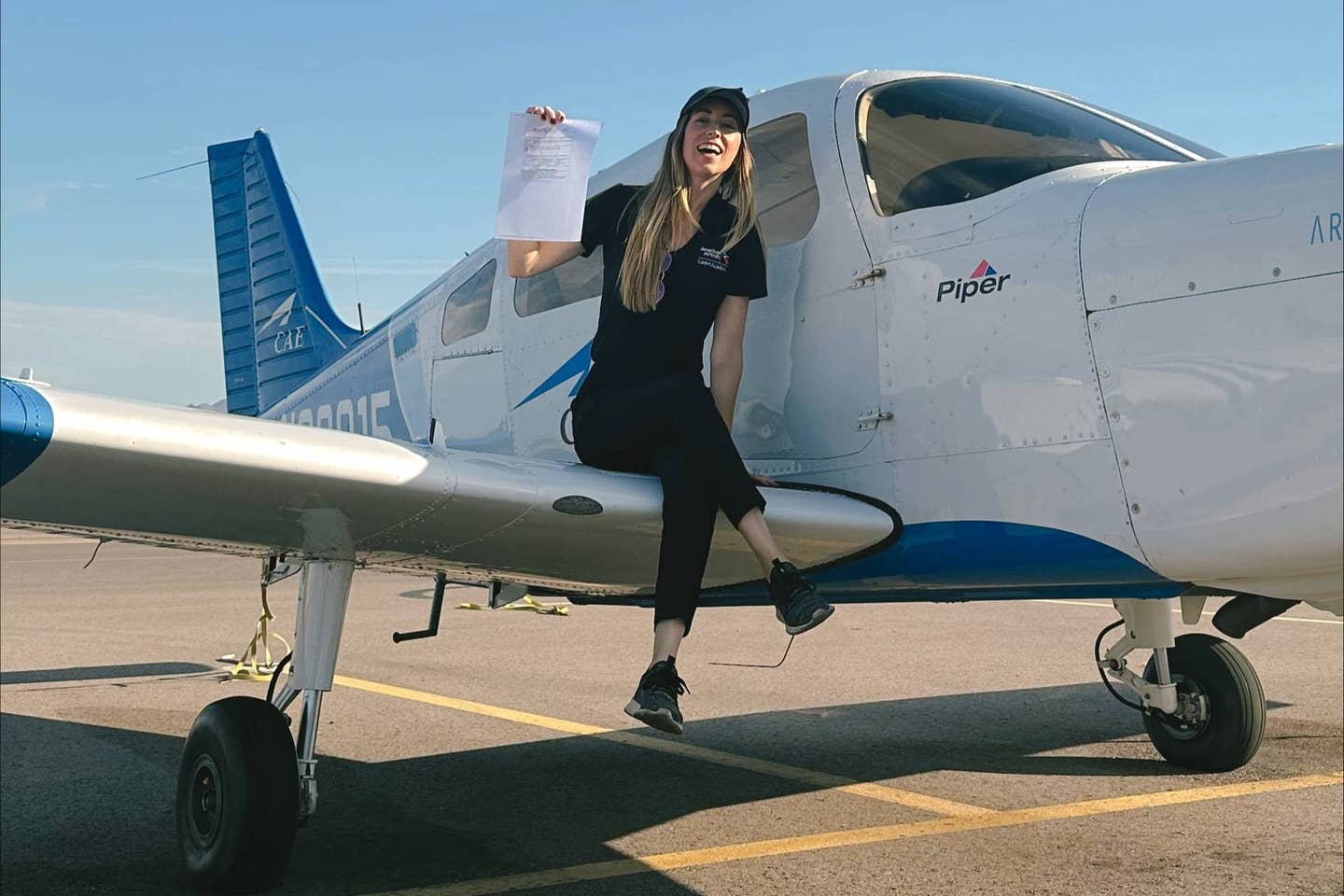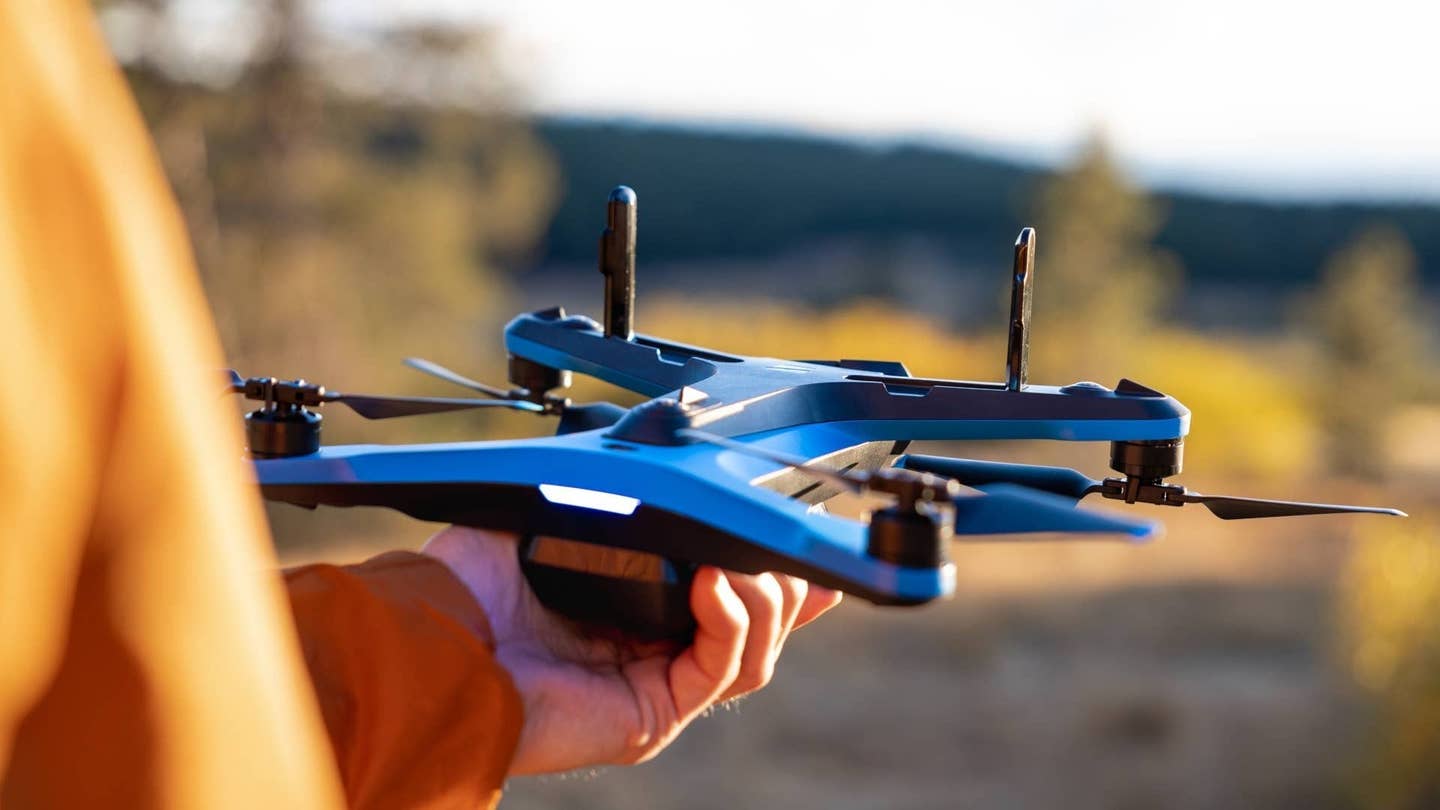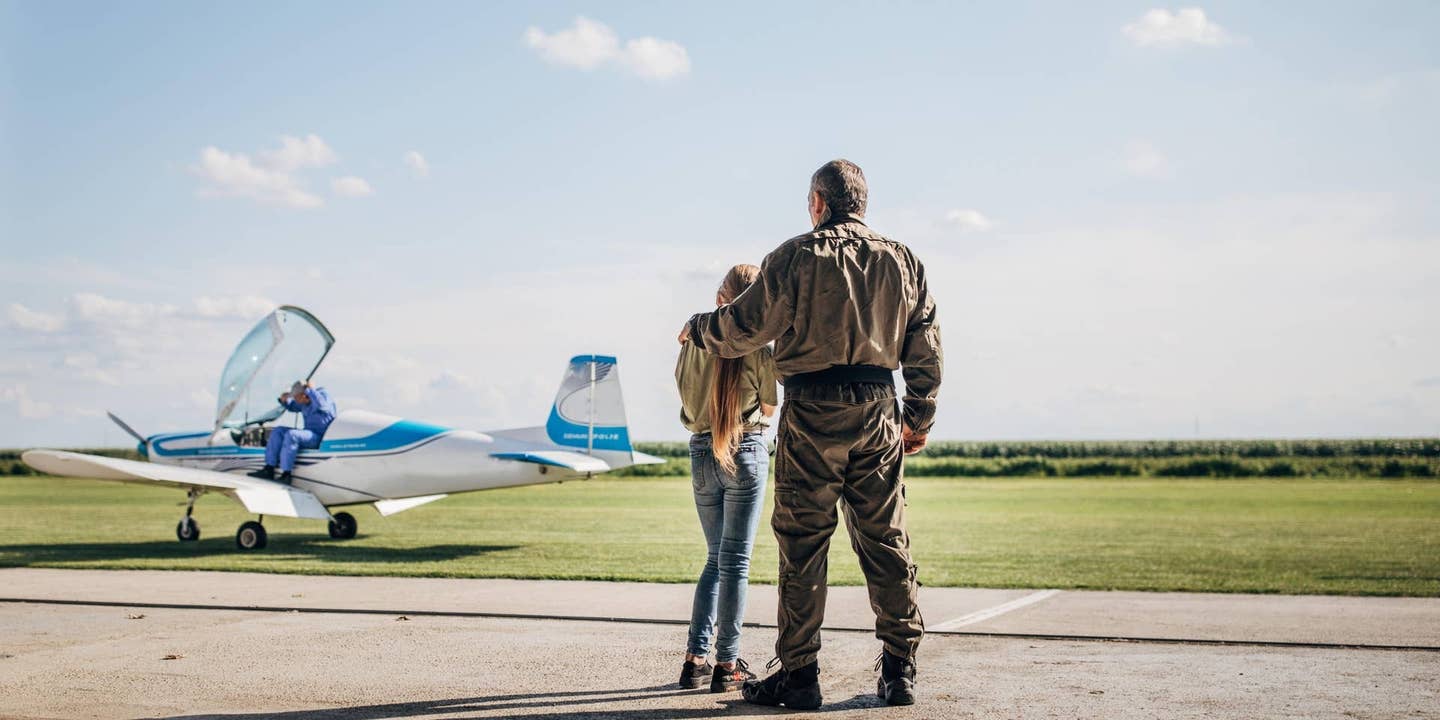How Drones Are Changing Inspections: Uses, Benefits, and Best Practices
Here’s what you need to know to use drones for common types of inspections.
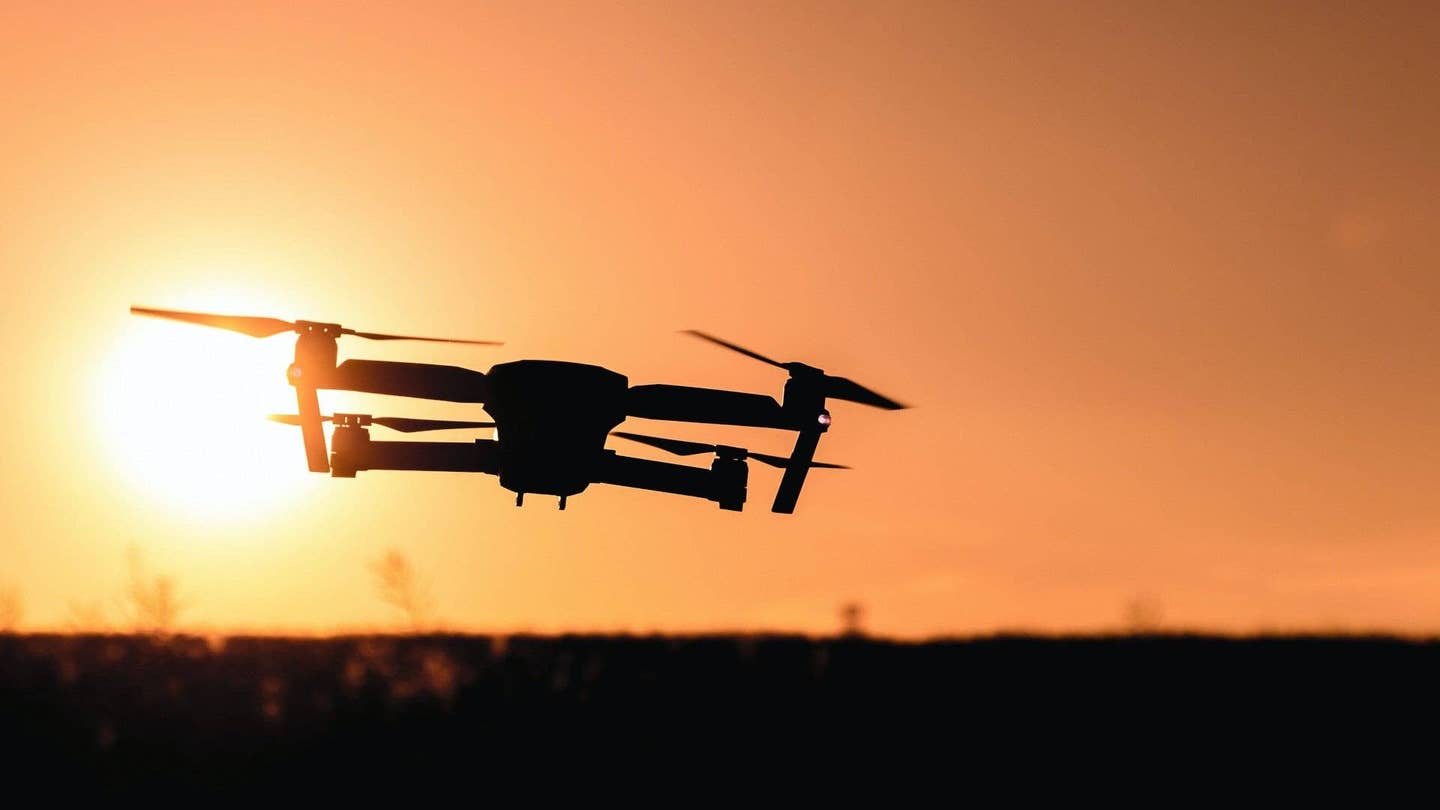
When it comes to inspections, drones are a game-changer. [Pexels photo]
If you have ever been to Palm Springs, California, you have no doubt seen the hundreds of wind turbines that make up the San Gorgonio Pass wind farm. Many of the turbines are 300 feet tall, and combined, they generate over 600 megawatts of power. For reference, 1 MW is enough to power 400 to 900 homes for a year.
These awesome structures are a great source of clean, renewable energy, but like any machine, they break down over time. Someone needs to inspect them to determine when repairs are needed. It wasn't too long ago that a brave individual would need to climb to the top of the turbines and manually inspect them one at a time. Dangerous jobs like these can now be replaced by drones.
Drones are growing in popularity, with over 400,000 licensed commercial drone pilots in the United States alone. One of the most important use cases for drones is in helping with inspections. Drones are used to inspect everything from wind turbines to offshore oil rigs and even to inspect homes. There are many reasons why drones are the ideal tool for this task.
We'll dive into why drones are perfect for inspections and what applications are currently seeing widespread drone use. We will also share a little about what you need if you want to use your drone for inspections.
Why Drones Are Ideal for Inspections
You may wonder why drones would be needed to do something trained professionals already do. The answer is that drones greatly improve the process in the following areas:
- Efficiency
- Safety
- Cost
- Access
Traditional inspection methods take time. Manual inspections typically occur with a person slowly moving over the area to be inspected using hand-held instruments and recording devices. Inspecting a solar farm is a good example. Solar cells degrade over time and need to be replaced. Imagine a large solar farm where a technician needs to use a hand-held thermal scanner to inspect every panel. It would take many hours or even days to complete. A drone can fly over the solar farm and do the same thing in a fraction of the time while collecting data on the entire site.
Whether you are inspecting the roof of a single-story house or are 300 feet in the air on a wind turbine, inspections can place people in dangerous situations. In many industries, falls are the leading cause of workplace fatalities. Anything that removes people from dangerous positions is a plus. Drones can easily inspect structures without putting people at risk.
- READ MORE: Learning Drone Camera Basics
Another great advantage of using drones for inspections is the cost. People are expensive. In addition to hourly wages, they need training, medical/dental insurance, 401(k), and other benefits. That cost really starts to add up for a business. A drone pilot can be hired as a freelancer and only cost whatever their hourly rate is, typically around $150 for inspections.
When conducting inspections, some areas are easier to reach than others. People inspecting a cell phone tower, for example, might have to move around parts of it hanging in dangerous positions to inspect an antenna or other component. Because drones can fly, they are able to easily reach hard to get to spots and collect detailed information on everything they see. They can even operate underground, such as when used to inspect sewers or mines, even without GPS.
Types of Inspections Drones Are Used For
The list of use cases for drones continues to grow each day. Here are just a few of the many applications where drones are being used for inspections:
Construction
Drones are helping to inspect construction sites. In addition to mapping the land before building begins, drones can fly over a site and provide valuable information to project management professionals. For example, after a large concrete pad is poured, drones can inspect the area to see if there are any issues, such as cracks forming.
Utilities
As we mentioned earlier, drones are being used as inspection tools for wind farms, solar farms, oil and gas pipelines, and more. They are quickly becoming a major tool in the industry.
Agriculture
Almost 40 percent of the land in the United States is used for farming. Using multispectral drones, such as the DJI Mavic 3M, pilots can map fields, detect crop diseases, manage water usage, and determine soil nitrate levels. That's a lot of inspection power, all from a drone.
Aircraft
If you have ever spent time in the aerospace industry, you know the inspection of aircraft is a never-ending cycle. Ground inspections, such as A and B checks, can keep aircraft from flying for days and even weeks if there are issues. The cost of an Aircraft On Ground (AOG) is enough to make an airline executive wake up in a cold sweat. Rather than have a person visually inspect the entire exterior of an aircraft, drones are now being used to do this in a fraction of the time.
Essential Drone Equipment for Inspections
With the need for trained drone pilots to conduct inspections increasing, now is the time to invest in the equipment and training needed. Depending on the type of inspections you plan to offer, your investment may be relatively small or require a more significant capital expenditure. Here are a few of the items you need to consider purchasing with the drone:
- High-resolution camera
- Thermal imaging sensors
- Lidar- and 3D-mapping technology
- Advanced software
You will definitely not be able to complete any drone inspections without a high-resolution camera. Inspections are all about details. There is little value in the camera if you can only see that you are photographing a wind turbine. Your camera needs to have the resolution to see cracks or other signs of wear and tear. Look for drone cameras with at least a 20MP camera and a 1-inch CMOS sensor. Anything below that just won't work. Autel Robotics and DJI have several models that meet or exceed these recommendations.
Some inspections need sensors specifically designed to provide more information than a standard RGB camera. One example is thermal imaging sensors. If you want to conduct inspections for utility companies or offer services like roof inspections, thermal cameras are a must. Like high-resolution cameras, thermal cameras must be able to provide the resolution needed for inspections. The minimum resolution you should consider is 640 by 512 pixels. Anything else is just not good enough for the task. A good example to consider is the DJI Mavic 3T.
If your inspections involve creating detailed 3D maps or point clouds for super-accurate digital reconstruction, Lidar is a must. Lidar is a special payload that emits thousands or even millions of laser pulses per second to create detailed maps. Like using thermal cameras, understanding how to use lidar technology takes some training. Additionally, these cameras are not cheap. The DJI Zenmuse L2 lidar camera costs about $15,000.
- READ MORE: Best Drones for 2025
Many drone manufacturers are working to make their drones more autonomous and to integrate AI technology. Drones designed for infrastructure inspections, for example, can scan a structure and digitally re-create it without any help from the drone pilot. Look for drones that have autonomous features. These features, along with AI, will make inspections much easier to complete and standardize.
Challenges and Best Practices for Drone Inspections
Aside from the higher cost associated with drones designed for inspections, there are a few more challenges to consider. Thankfully, they can all be overcome. Here are the top four to consider:
- Regulatory considerations
- Weather
- Pilot training and experience
- Data management and interpretation
Before you can take to the skies to conduct inspections, you need to be a licensed commercial drone pilot. The FAA has strict rules about this and requires drone pilots to pass the Part 107 exam and earn their remote pilot certificate. The test covers a lot of material, and it is best to learn it through online courses offered by Altitude University and the Pilot Institute or through study aids available through stores such as Sporty's Pilot Shop. Once you have your license, you may also need to get waivers from the FAA, depending on the types of inspections you are doing.
The weather and other environmental factors will always be a challenge. While rain and snow may be less of a concern if you are operating in the Southwest, you will always need to ensure you consider the weather before taking off. When planning inspections, make sure to always check the weather forecast and only fly when the conditions are safe.
Inspections are typically conducted by pilots who have already logged a number of flight hours. I have seen many people hiring drone pilots for inspections who want to see at least 350 hours of logged flight time. Drone pilots should understand how to complete their inspections in manual and automatic flight modes. The more time you have flying a drone, the better. Practice makes permanent.
Finally, when it comes to inspections, drone pilots need to know what they are looking at. If you have never surveyed a solar farm before with a thermal camera, you may not know what you are seeing. Get the training you need to not only fly inspection missions but also to understand the data you are looking at and how to turn that data into products your clients can use.
- READ MORE: Landing Your First Job in the Drone Industry
When it comes to inspections, drones are a game-changer. Professionals across numerous industries have benefited from improved efficiency, lower occurrences of safety accidents, decreased cost, and greater access to better examine the structure being inspected. With the proper selection of equipment and software, as well as the right training and certification, you can get to work in the lucrative field of drone inspections.
FAQ
How do drones help reduce workplace accidents in dangerous inspection jobs?
Drones eliminate the need for workers to climb wind turbines, scale cell phone towers, or enter hazardous environments, significantly reducing the risk of falls, injuries, and fatalities.
What kind of sensors and cameras make drones effective for industrial inspections?
High-resolution cameras, thermal imaging sensors, and lidar technology enable drones to detect structural issues, temperature variations, and create detailed 3D maps for thorough inspections.
Can drones be used for inspections in underground environments like mines and sewers?
Yes, specialized drones equipped with powerful lights and sensors can navigate underground spaces, even without GPS, to inspect tunnels, pipelines, and mines safely and efficiently.

Sign-up for newsletters & special offers!
Get the latest FLYING stories & special offers delivered directly to your inbox

